Molly Matalon, nominated by Daniel Shea, offers a new kind of romance with her compelling images
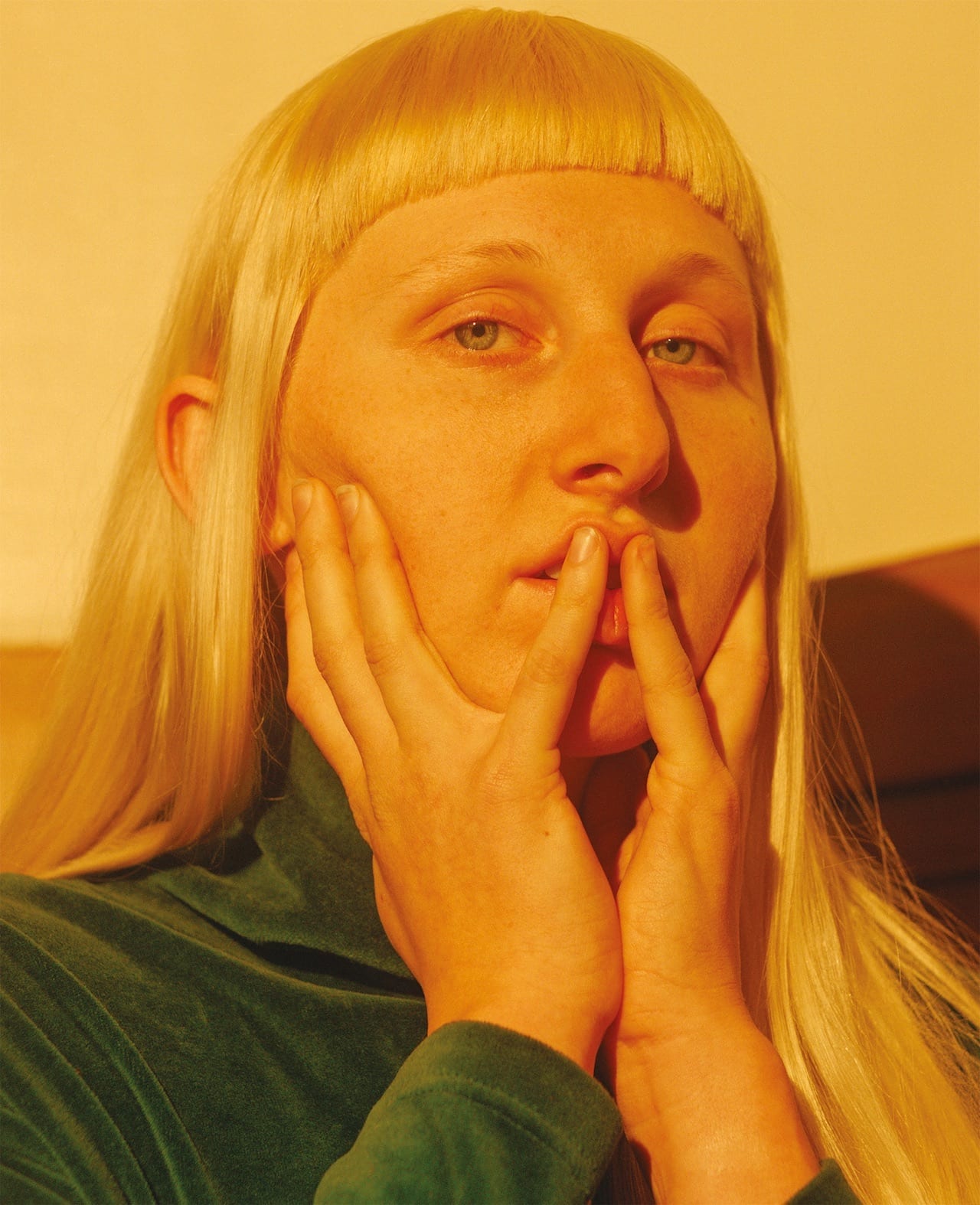

Molly Matalon, nominated by Daniel Shea, offers a new kind of romance with her compelling images
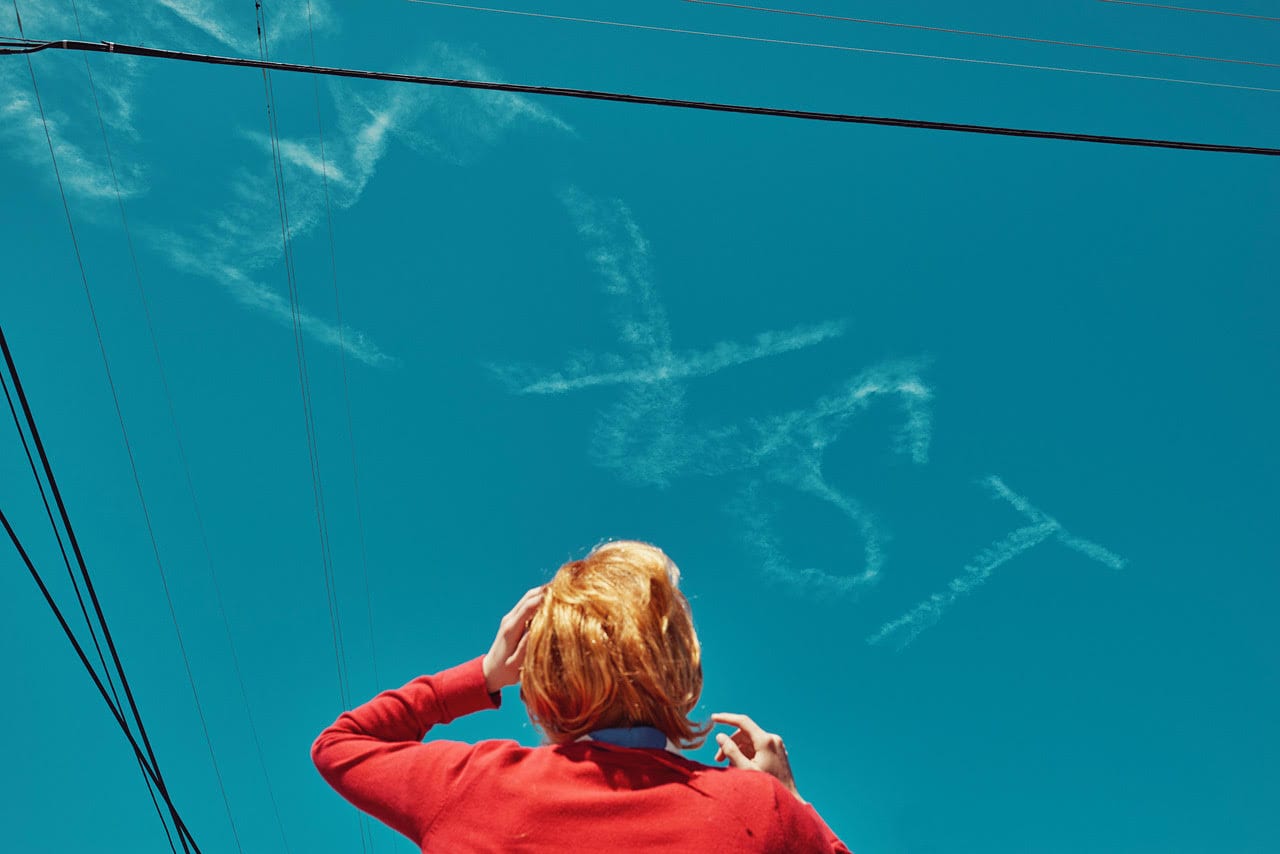
Through the weird and wonderful worlds she creates, Roy escapes the frustrations of modern existence
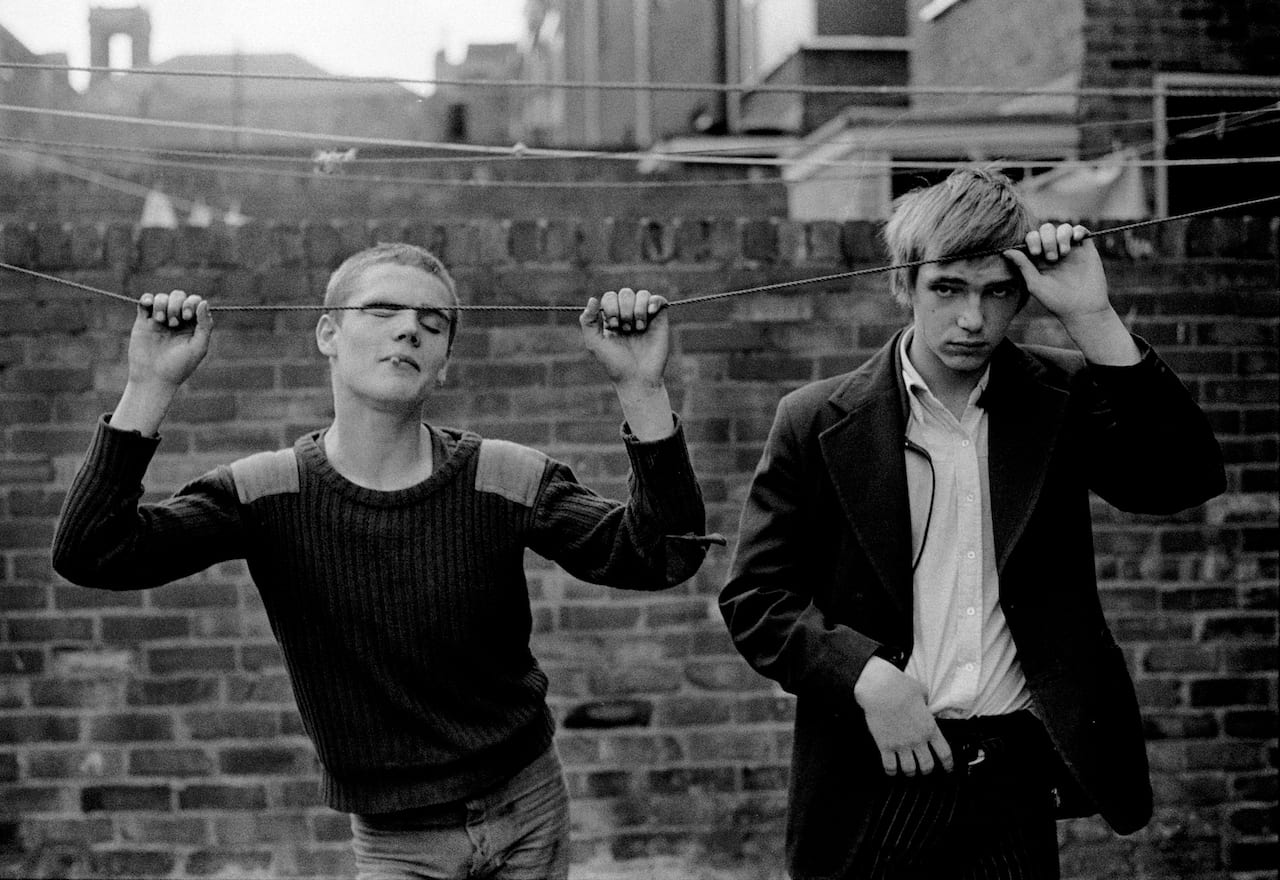
From the star-studded hills of Hollywood, to Ukraine’s military camps, Russia’s Caucasus region, and the gloomy streets of Thatcher-era England, the programme for this year’s Portrait(s) festival covers a wide breadth of both geography and context. The French photofestival dedicated to portraiture returns to Vichy for its seventh edition this summer, with exhibitions by Philippe Halsman, Tish Murtha, Michal Chelbin, Bastiaan Woudt, Turkina Faso, Benni Valsson, Ambroise Tézenas, and an intriguing show about selfies, curated by Olivier Culmann.
Selfies, Equal/Egos presents a mixture of amateur photography and artists who explore the phenomenon in their practice. Both serious and offbeat, the exhibition examines the mechanisms of virality, and the repetitive nature of the image economy in a digital age.
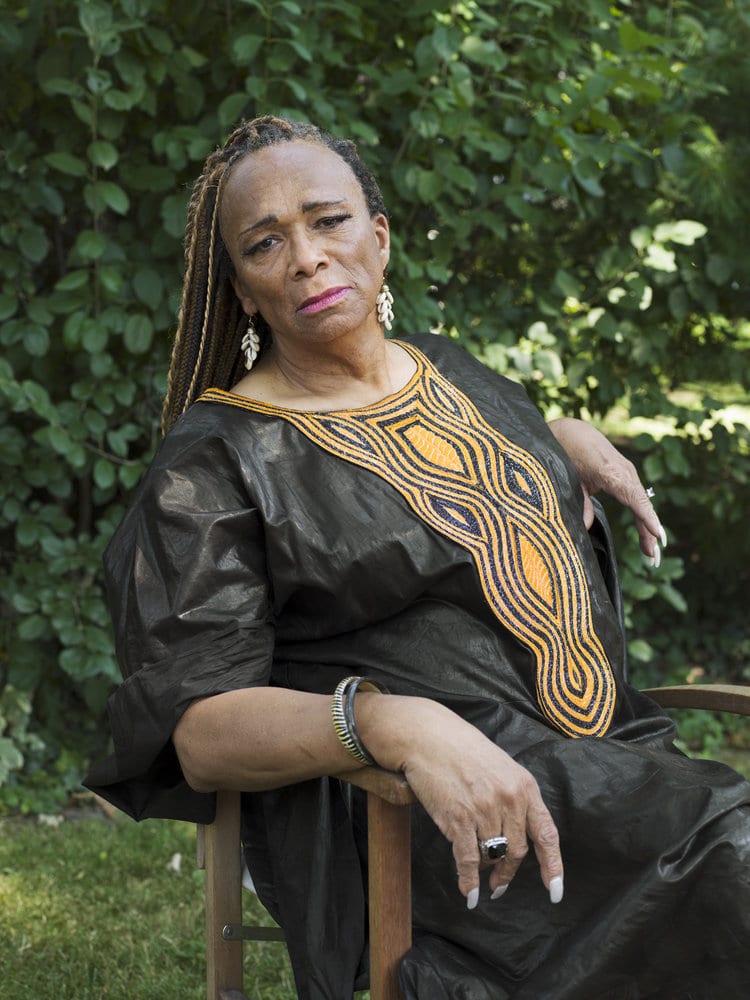
When photographer Jess T. Dugan was 13, she started to question her identity. Over the…
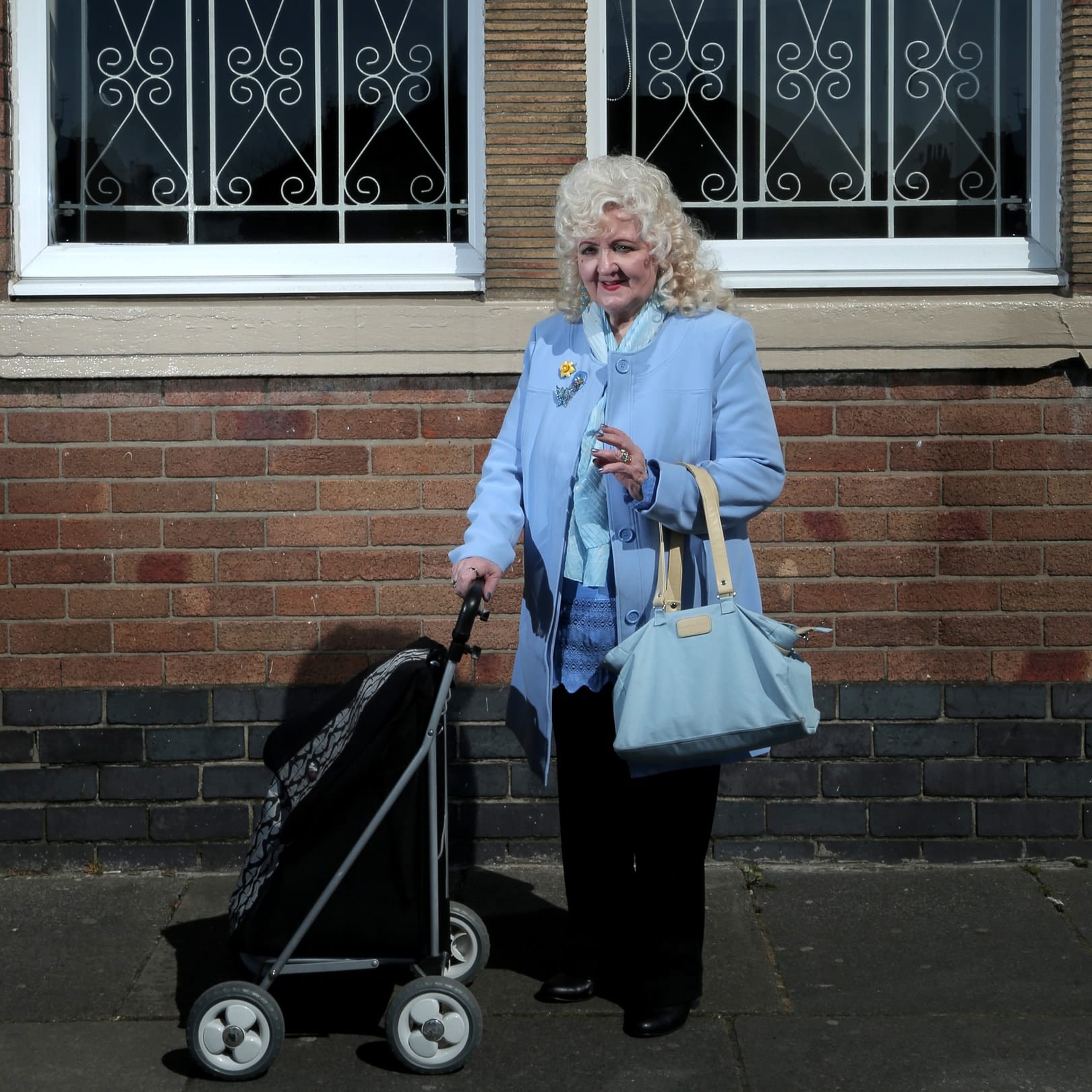
Documentary photographer Danyelle Rolla is proud of her roots. That much is clear from her…
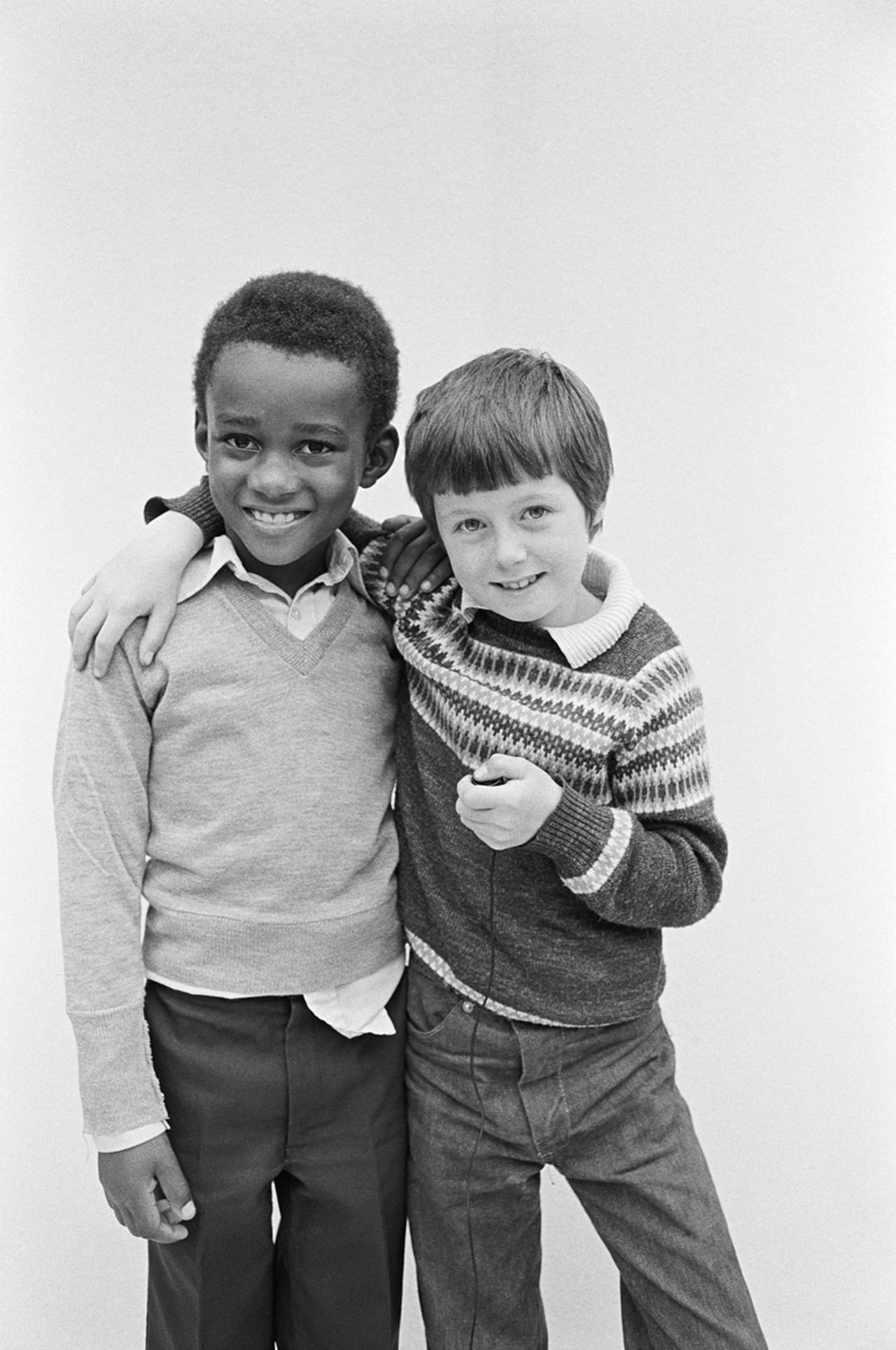
When Derek Bishton, John Reardon, and Brian Homer set up a photography and design agency in the late 1970s in Handsworth, a multicultural, inner-city district of Birmingham, they were viewed with suspicion. “I lived in Handsworth and walked to work with my camera, and I felt people were looking at me as if to say ’Who is this white guy, is he working for the police?’” says Bishton. “As I started to take photographs I was aware of this problem.”
Their agency, Sidelines, had been set up to work with community groups on issues such as social justice housing, unemployment and immigration though, so the photographers were keen to win the locals’ trust. Discussing it in their office, a converted terraced house on a busy shopping street in Handsworth, Bishton happened to find a photograph in Camerawork Magazine, showing a Ukranian woman who had photographed herself in a portrait studio set up by American photographer David Attie. It was, he realised, the perfect solution – and one which their office was seemingly built for.
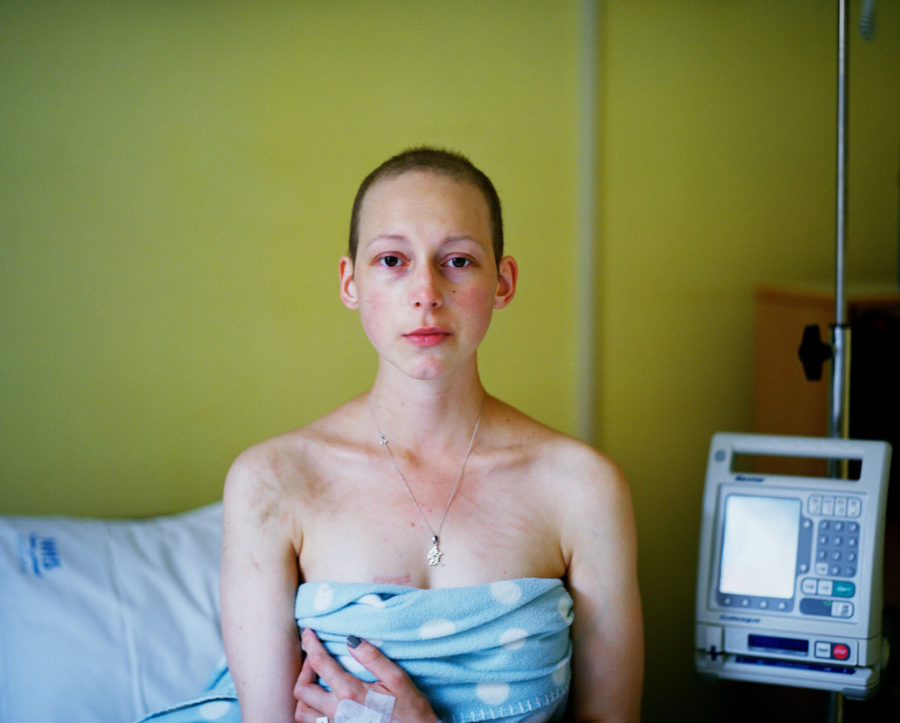
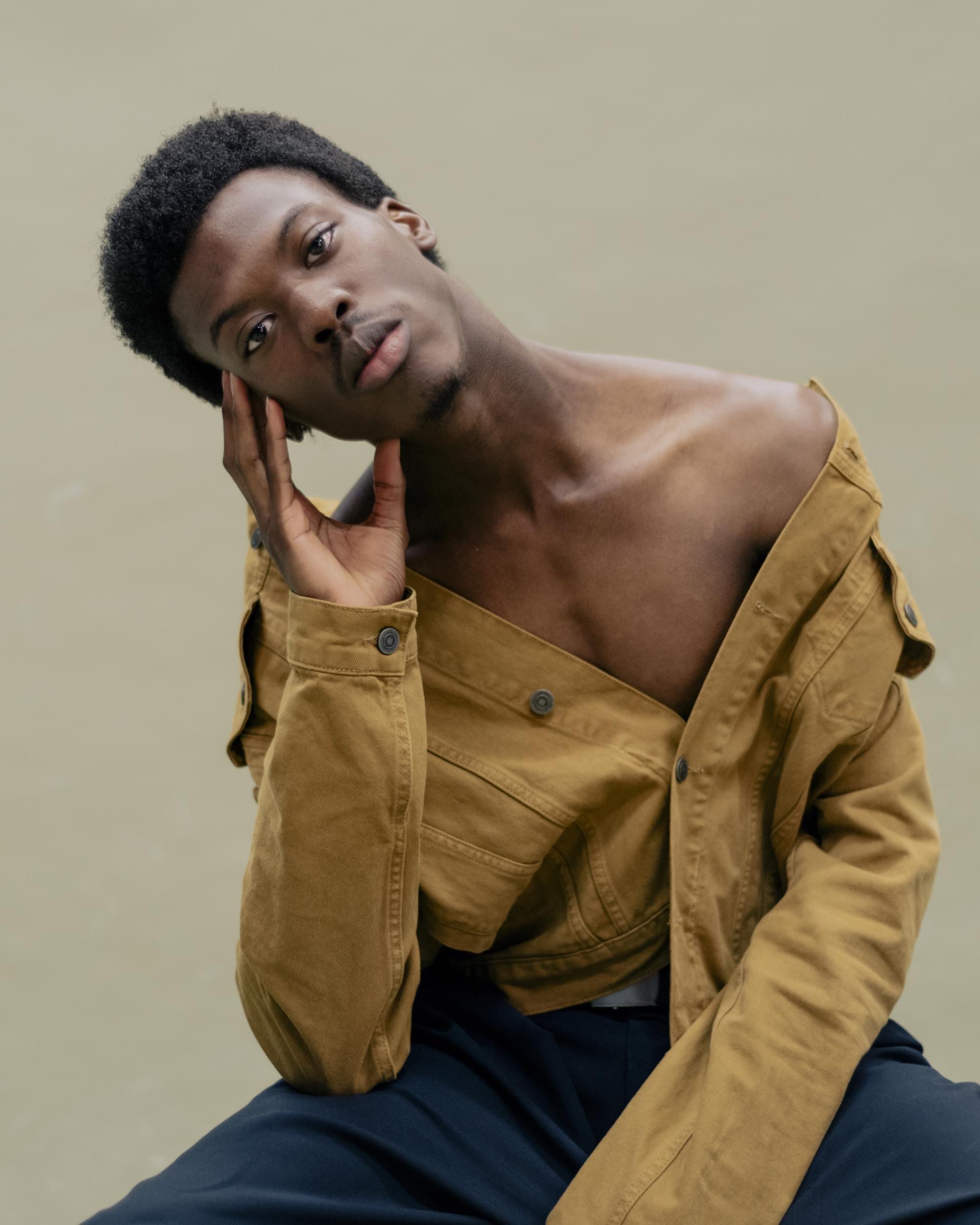
Portrait of Britain 2019 is open for entries. Now in its fourth year, the groundbreaking…
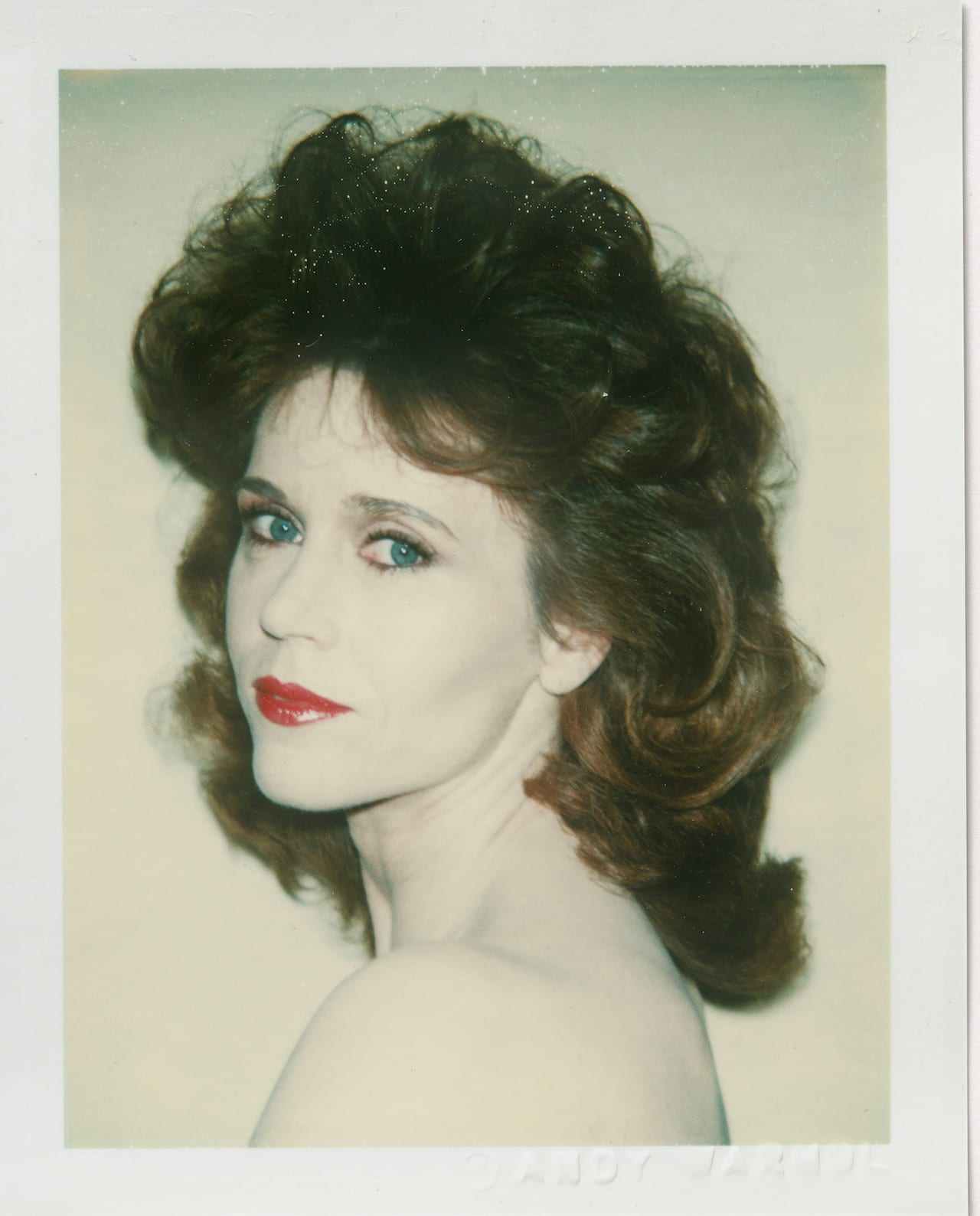
In 1971 Polaroid introduced the Big Shot camera; featuring an integrated flash, viewfinder and fixed focus lens, it was aimed at shooting portraits – and was enthusiastically taken up by artist Andy Warhol. The camera was discontinued in 1973 but Warhol kept using it until his death in 1987, capturing shots of actors, artists, politicians, clubbers, and Factory hangers-on. He also used it to photograph himself, creating a self-portrait in 1979 in what he called his “fright wig” that measures a whopping 81.3cm x 55.9cm.
BASTIAN gallery is showing this huge self-portrait in an exhibition of over 60 of Warhol’s Polaroids, highlighting “the artist’s prolific capacity as a chronicler of his time”. “Alongside other friends, clients and Studio 54 dwellers, these photographs – initially preparatory works for Warhol’s iconic silkscreen portraits – reveal a lack of pathos or individuation, underlining the artist’s notion of an era where ‘everybody looks alike and acts alike, and we’re getting more and more that way’,” states the gallery.